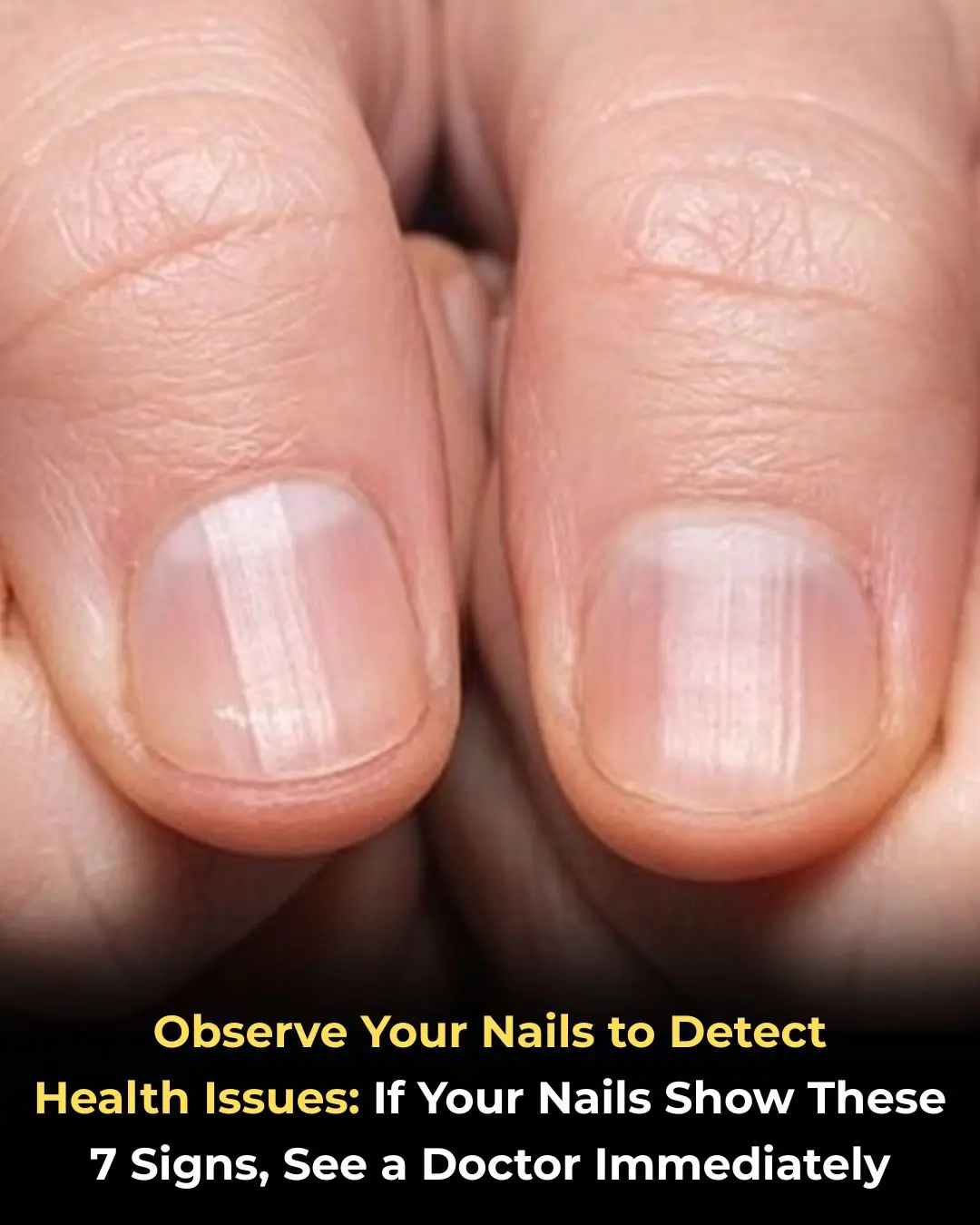
The Secret Language of the Hand: Interpreting the Touch During a Handshake
Have you ever noticed someone gently brushing the tip of your finger during a handshake and wondered what it might mean? While such a gesture may seem casual, body language experts say that even the lightest touch can convey layers of unspoken emotion and intent.

1. A Sign of Affection
One of the most common reasons for a fingertip touch is affection. This gesture is often soft and deliberate, signaling warmth, care, or emotional closeness. Touching only the fingertips is subtler than holding the entire hand—it allows someone to express tenderness without crossing personal boundaries.
In romantic contexts, it may suggest curiosity or attraction. In friendships, it can indicate trust, comfort, or reassurance.

2. Testing the Boundaries
A fingertip touch can also serve as a subtle way to test emotional or physical boundaries. It’s a non-intrusive gesture that allows someone to gauge your reaction.
Do you smile, pull back, or reciprocate? Psychologists note that such micro-touches act as silent probes—ways to sense your comfort level before deeper or more personal contact is made.
3. A Gesture of Connection
Sometimes, the gesture is simply an effort to connect. Human beings are wired to respond to touch—it triggers the release of oxytocin, known as the “bonding hormone,” which enhances trust and calmness.
A gentle brush of the fingertips can wordlessly say, “I’m here with you,” strengthening emotional rapport without uttering a single word.

4. Cultural or Social Meaning
Context matters. In some cultures, fingertip contact can be a polite or formal acknowledgment—similar to a nod or bow. In others, it carries more intimate undertones.
Understanding the surrounding circumstances, relationship, and accompanying body language is key to interpreting the gesture correctly.
5. How to Interpret It
Because touch is deeply contextual, interpreting a fingertip contact requires awareness of tone, setting, and accompanying cues:
- Attraction or affection: lingering touch, soft pressure, or repetitive motion.
- Friendship or comfort: brief, gentle touch paired with a smile or kind words.
- Testing boundaries: hesitant or fleeting contact followed by observation of your reaction.
- Cultural formality: respectful touch as part of a greeting or protocol.

Conclusion
A simple fingertip touch can carry a surprising depth of meaning—from affection and reassurance to curiosity or cautious exploration. By observing the context, body language, and emotional atmosphere, you can better understand what someone truly communicates through that delicate contact.
Next time it happens, pause and notice: the warmth, the duration, the look in their eyes. Their touch might be saying far more than their words ever could.
News in the same category


Why wood—not diamonds—is the universe’s rarest treasure

A Nearby Earth-Sized World Raising New Hopes for Habitability

How Finnish Forest Kindergartens Let Kids Thrive in Any Weather

Taiwan Researchers Develop Promising Hair-Regrowth Serum With Dramatic Lab Result

Pick the Breakfast You’d Eat

Why Some Children Don’t Visit Their Parents Often
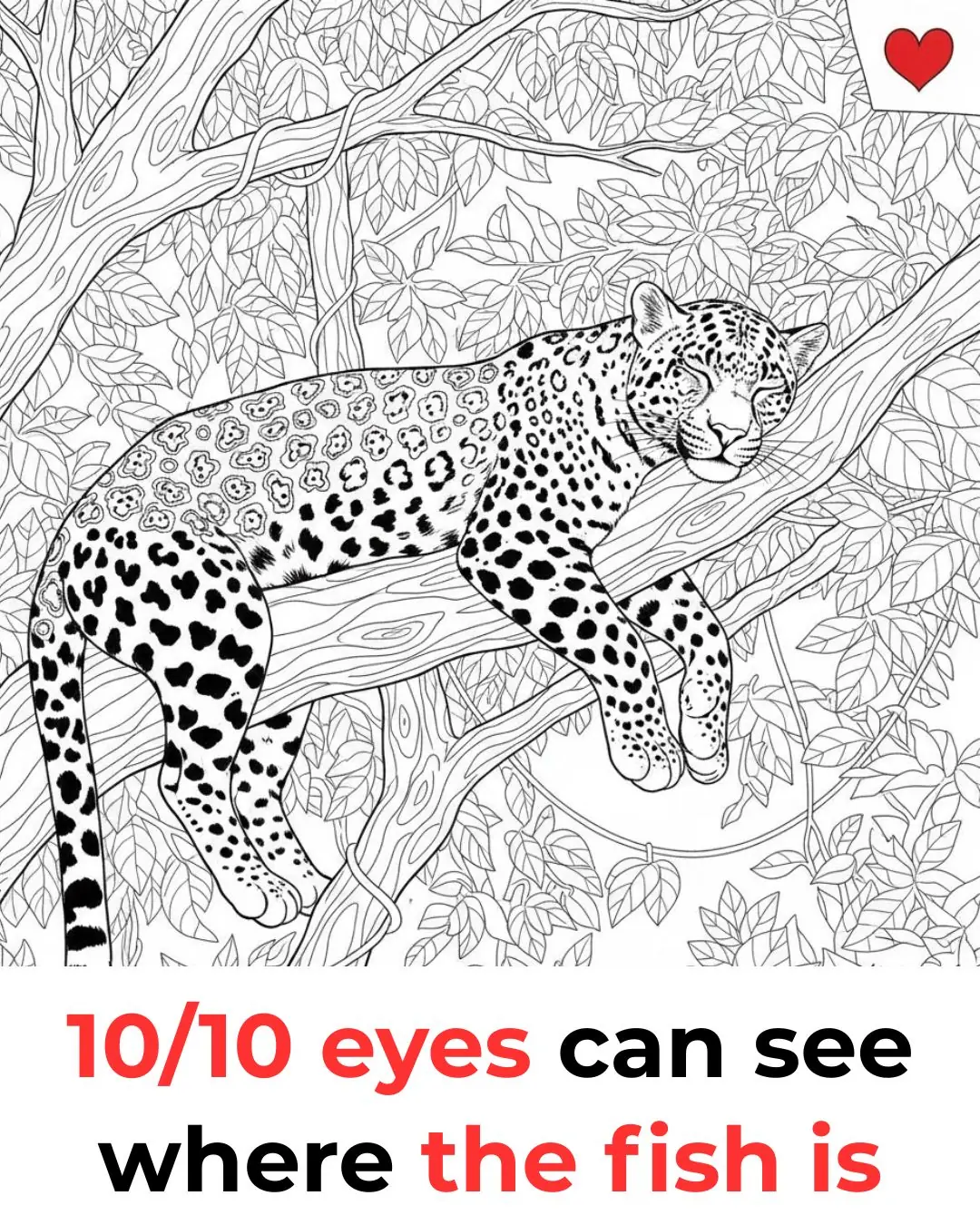
The Hidden Fish Puzzle That’s Stumping the Internet

So this is what it does, here is the answer
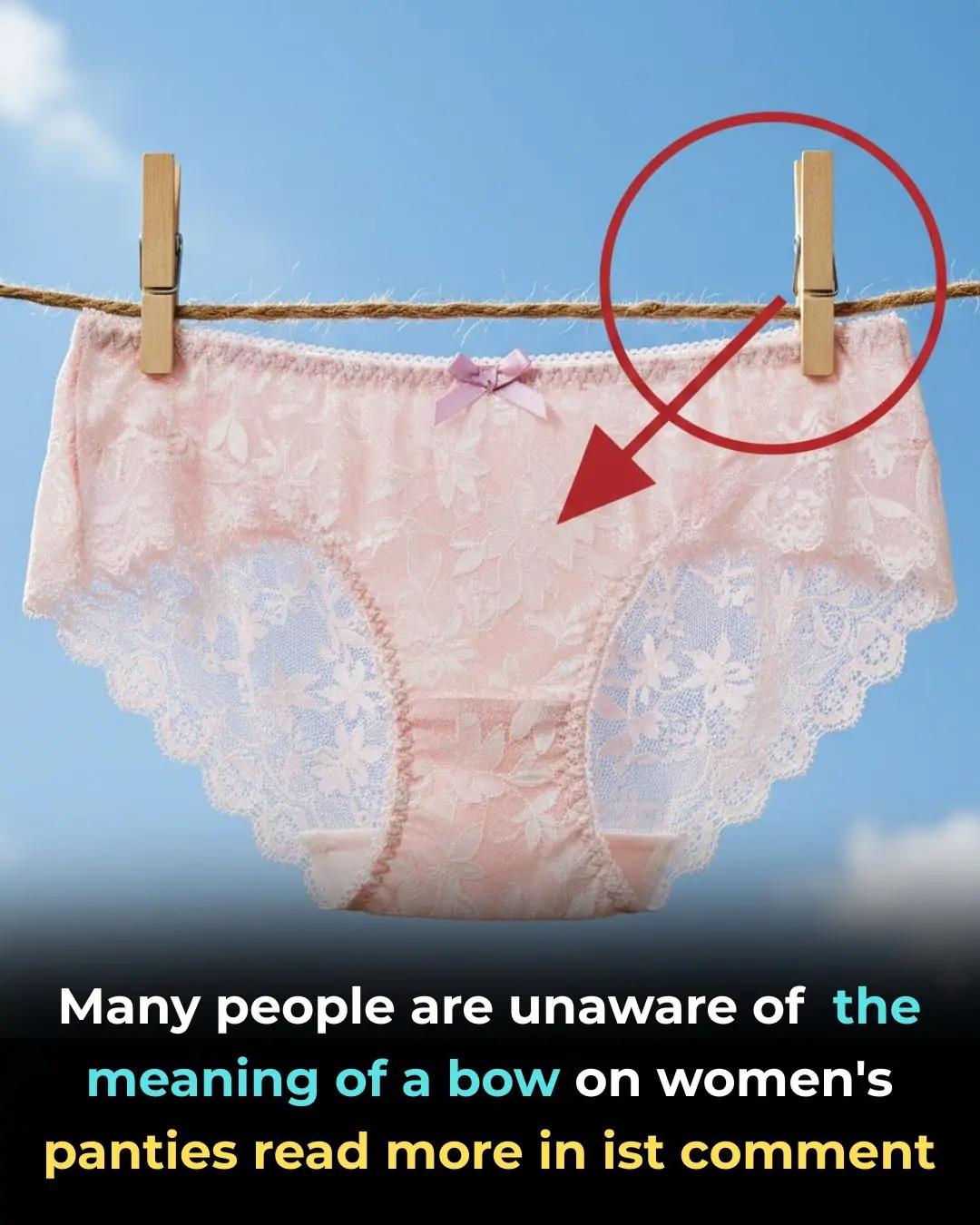
The Hidden Details in Women’s Underwear — And What They Really Mean

Experts reveal that eating bananas in the morning cause

Why Cutting Your Own Hair Is About More Than Just Saving Money

Why Are Tree Trunks Painted White

Penguins Reject Cheaper Fish as Japanese Aquarium Tries to Cut Costs

I Thought I Found Insect Eggs Under My Bed

Emirates Airlines: A Legacy of Unmatched Safety and Reliability in Aviation

Dragon Bravo Fire: Arizona's Megafire Threatens the Grand Canyon and Beyond

The zodiac signs with a supernatural sixth sense… See now

Mussel Beds: New Zealand's Natural Solution for Ocean Health and Sustainability

Understanding Anemia: More Than Just Fatigue and Weakness
News Post

12 Early Warning Signs of Dementia You Shouldn’t Ignore

Bernie Sanders Has Called For A Four-Day, 32-Hour Working

The Surprising Heart-Healing Power of Olive Oil, Chia Seeds, and Cayenne Pepper
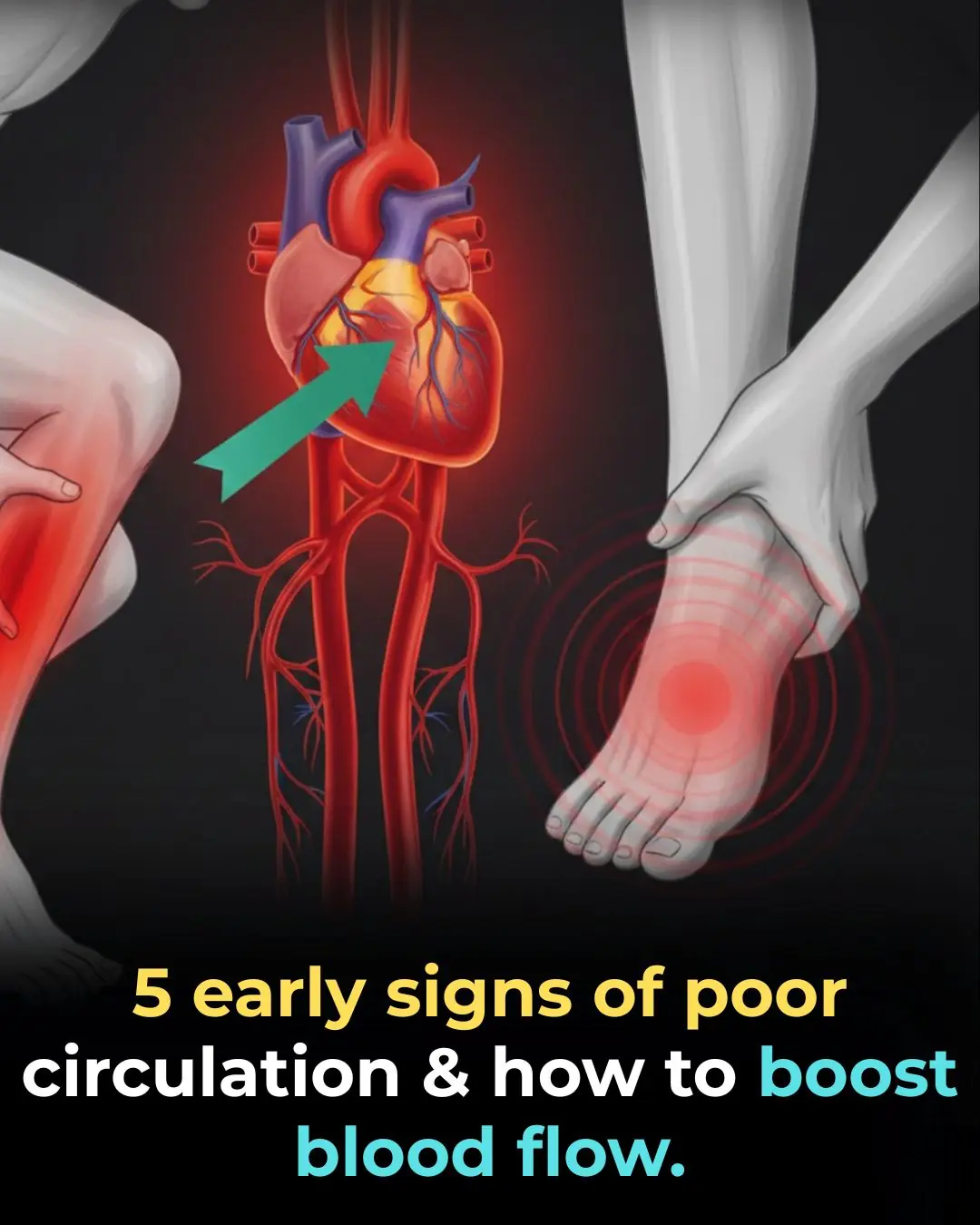
5 early signs of poor circulation & how to boost blood flow

How to Use Garlic to Get Rid of Pests: Mice, Flies, Lice, Cockroaches, Lizards, Mosquitoes, and Kitchen Cockroaches

5 early warning signs of pancreatic cancer, according to survivors

Drink this to STOP joint pain naturally

Top 6 Neuropathy Remedies (Peripheral Neuropathy Home Remedies)

10 daily habits that are silently destroying your kidneys

Pineapple Mango Ginger Lemon Juice: Benefits, Nutrition & How to Make It

Saffron boosts mood and libido naturally

How to Support Your Kidneys Naturally Using 1 Teaspoon of Baking Soda

Can a Honey–Chia Drink Support Kidney Health? Benefits, Recipe & Daily Tips

Euphorbia Hirta (Asthma-Plant): Traditional Uses, Applications & Emerging Insights

Nails: What Do They Reveal About Your Health
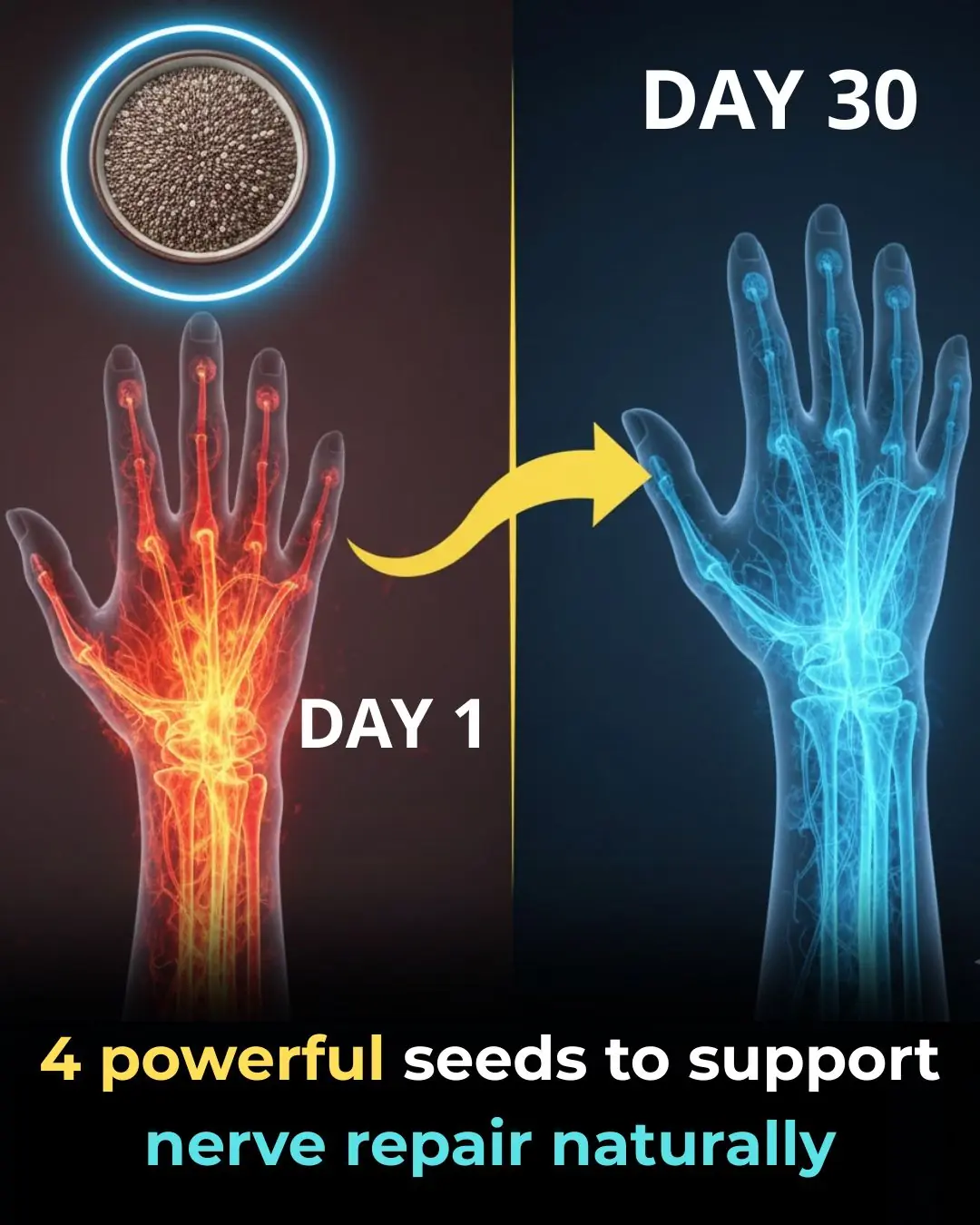
The surprising power of 4 seeds to repair your nerves naturally

Don’t Throw Away Date Seeds – Here’s Why They’re So Powerful

Avocado Seed: Cleanse Your Body and Strengthen Your Heart Naturally

Stop Shaving! Discover Natural & Long-Lasting Hair Removal for Face & Body
